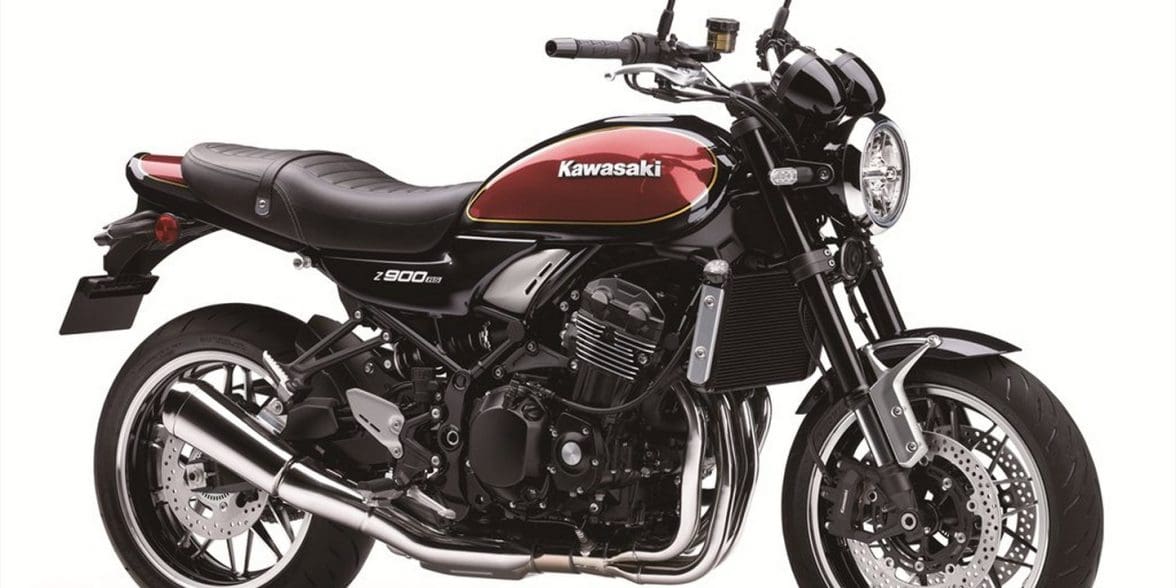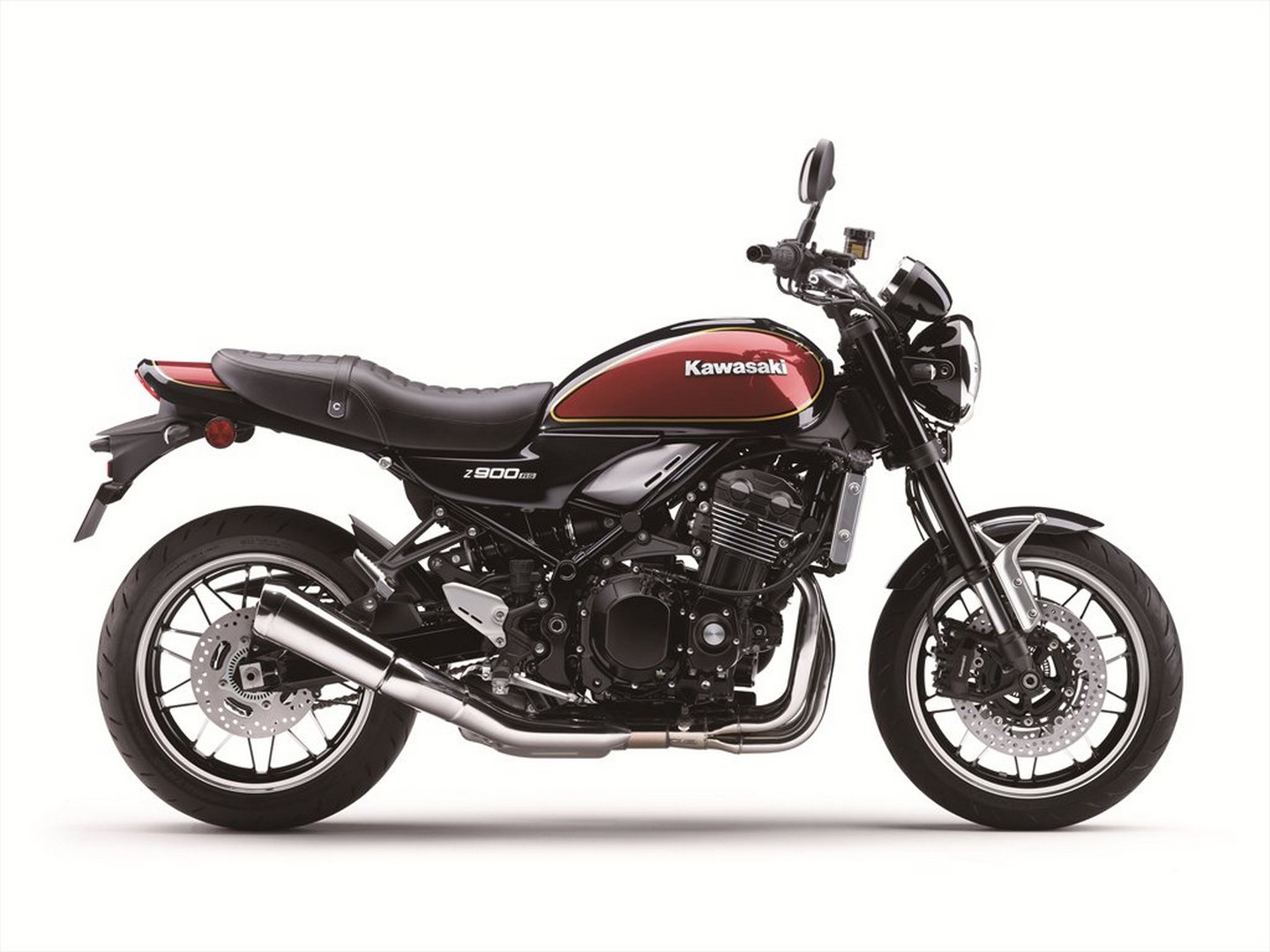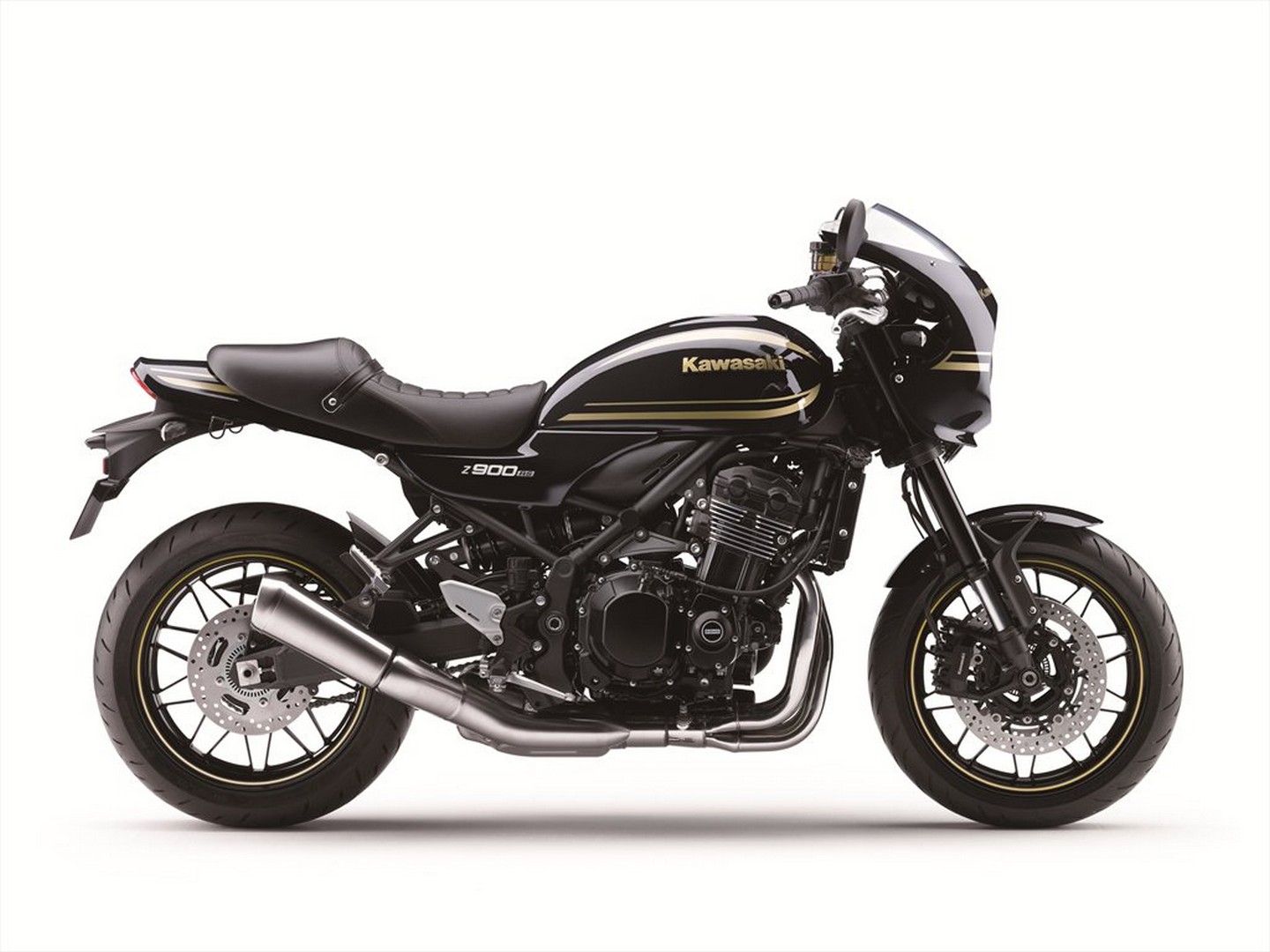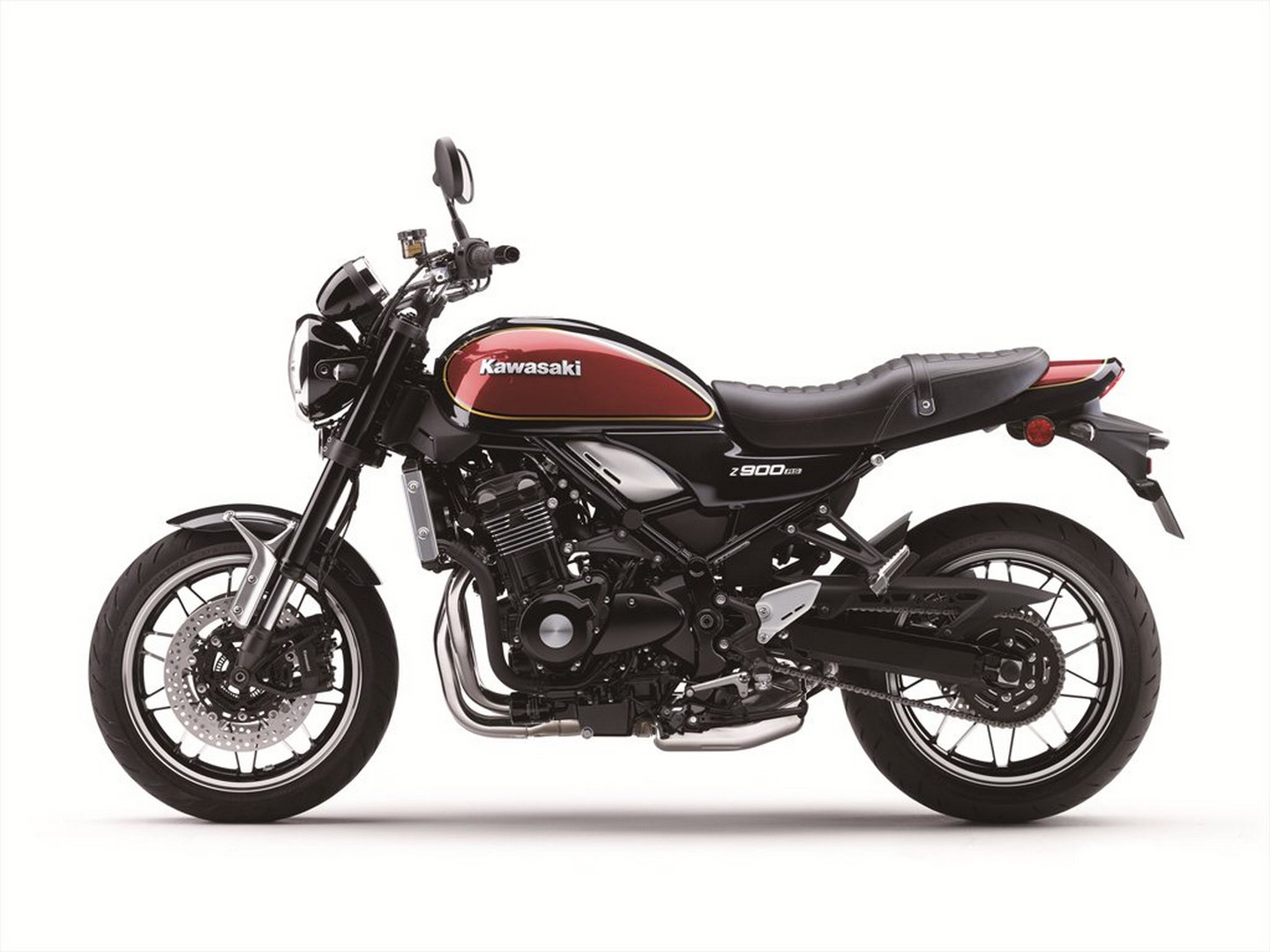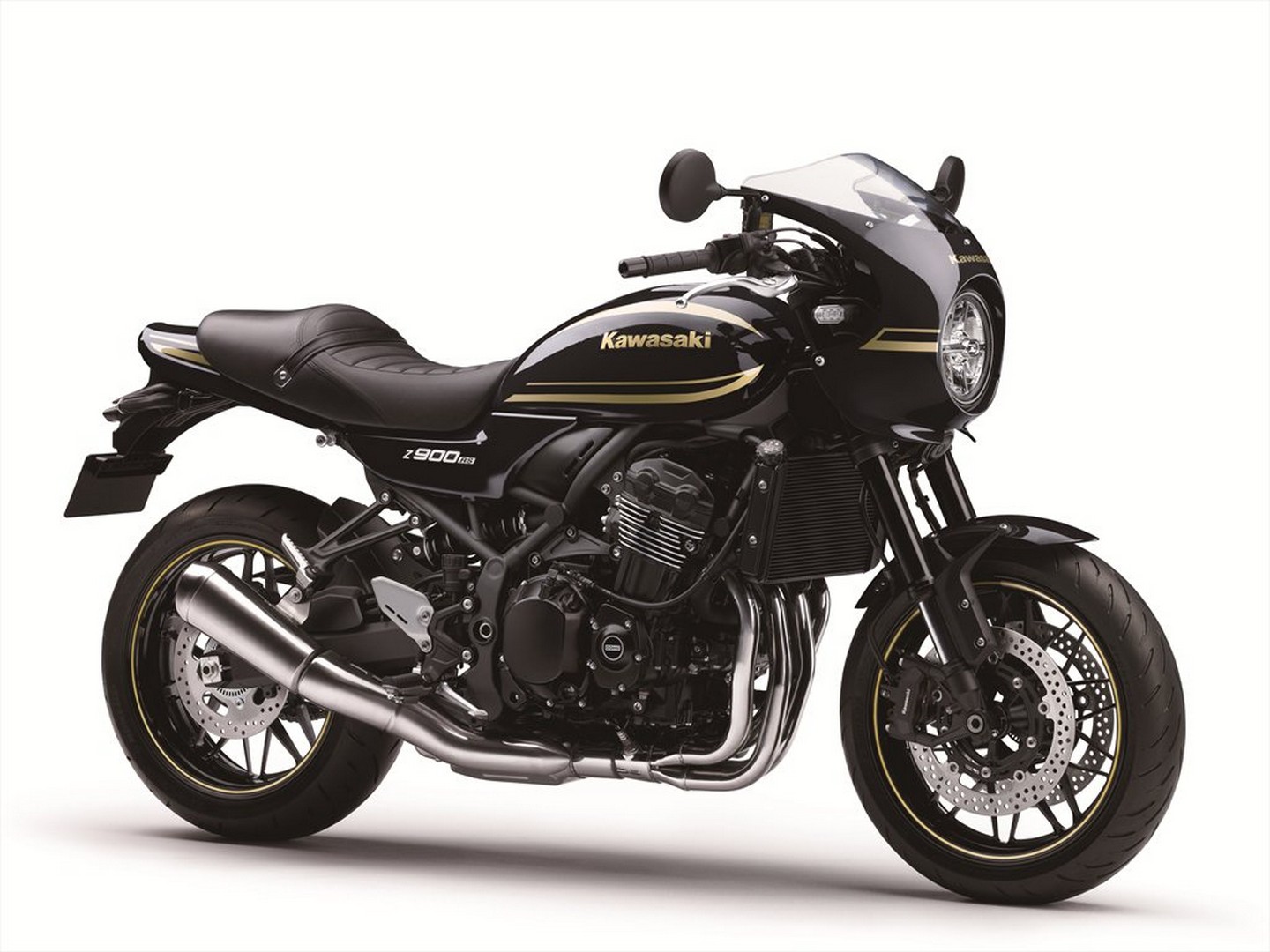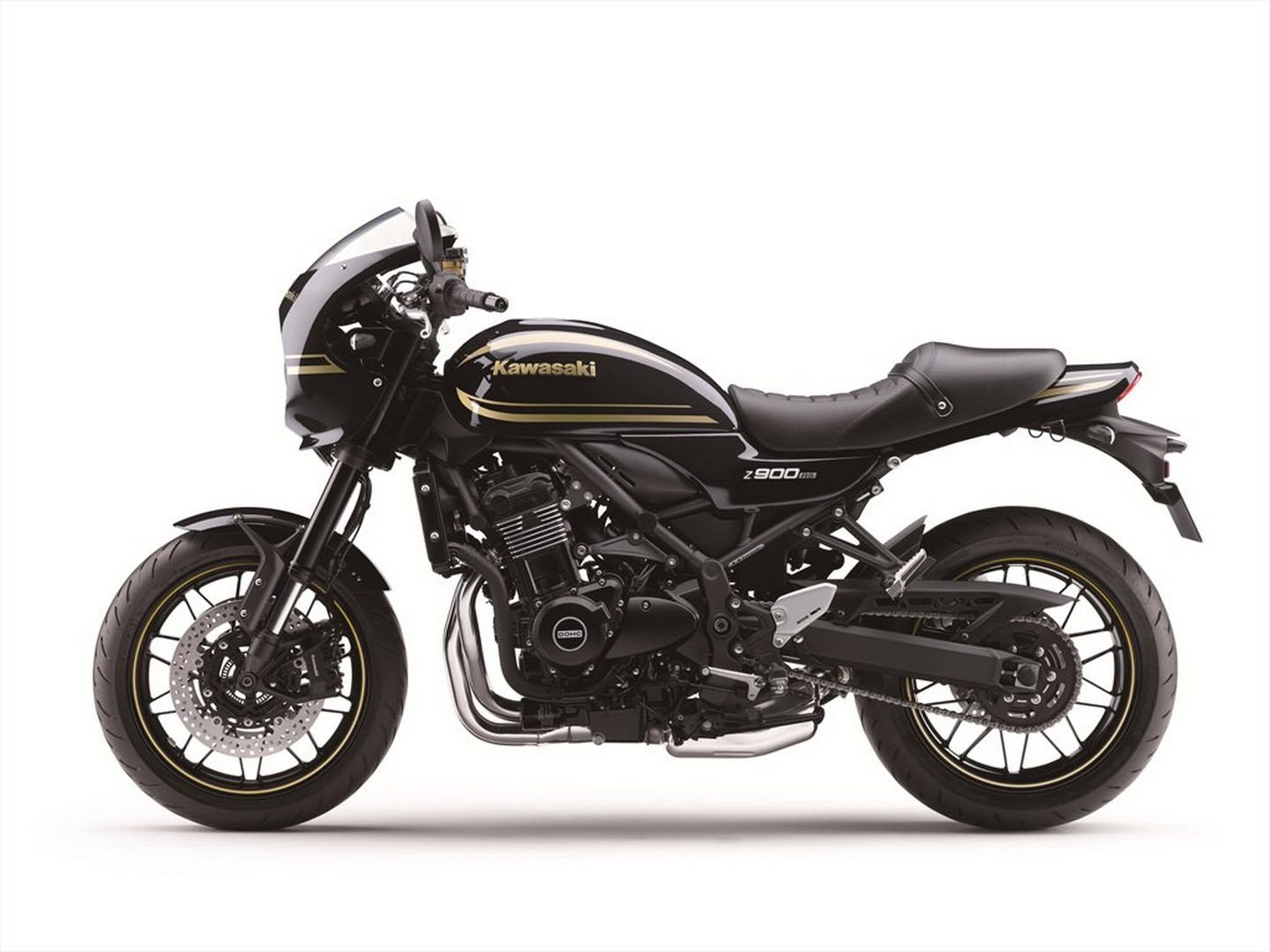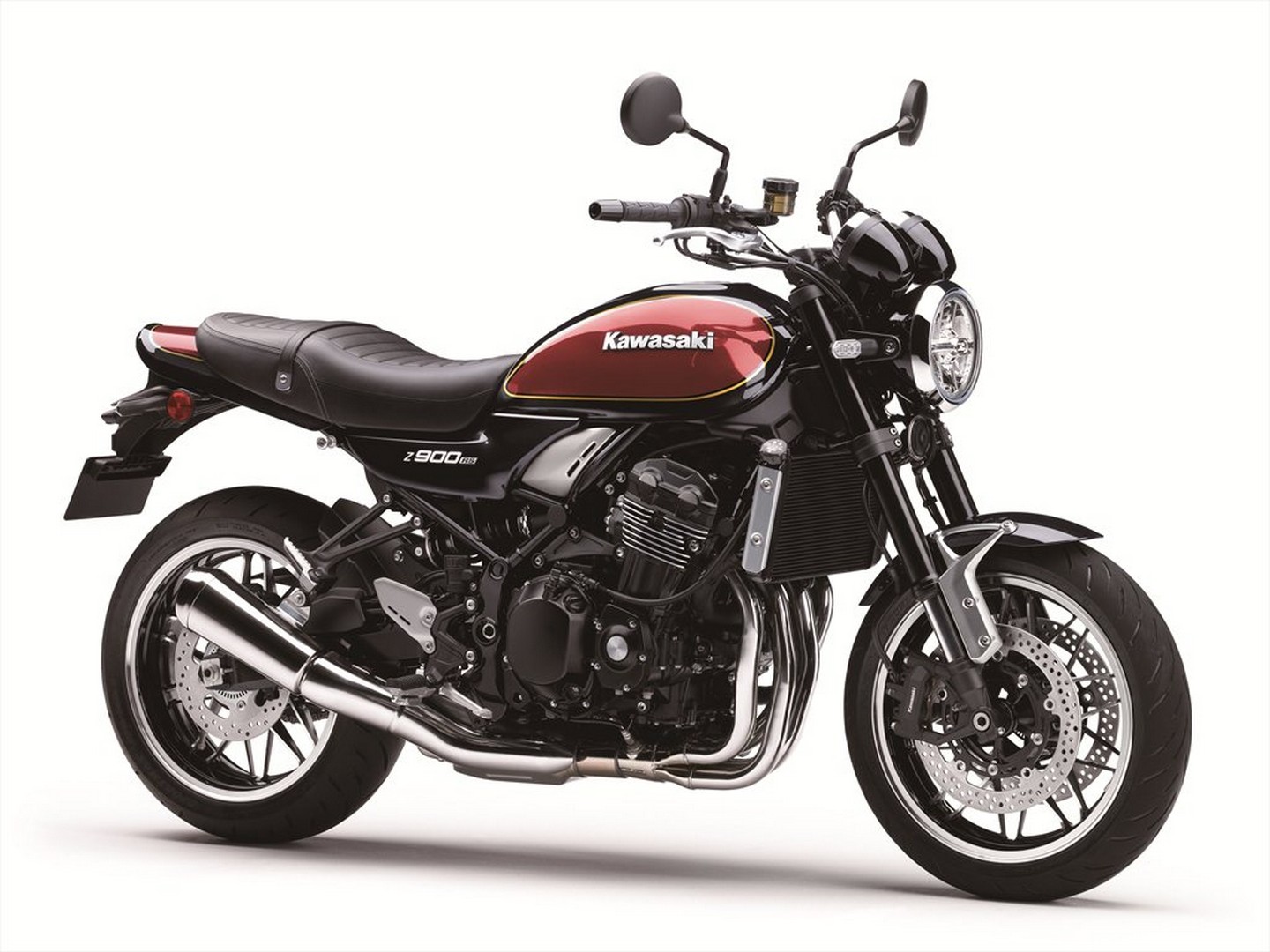The 2023 Kawasaki Z900RS Is A Modern Classic
Contents
For 2023, Kawasaki has expanded its 2023 lineup to include several retro options like the Z900RS which is a fusion of modern performance and retro styling that embodies Kawasaki’s rich motorcycle heritage and delivery of top-of-the-line motorcycles. The Z900RS pays homage to the legendary Z1 of the 1970s, while incorporating the latest technology to give riders a thrilling experience. The 2023 Z900RS’ timeless design incorporates a classic teardrop gas tank, round LED headlamp, and retro-styled tail cowl to pay tribute to the original Z1. Looking to go full cafe style? Look no further than the cleverly titled Z900RS Cafe which adds a front cowl to for a small increase in price and even smaller amount of wind protection.
At the heart of the Z900RS is a 948cc inline-four engine, delivering a balance of power with 111 horsepower and smoothness that any rider can appreciate. The motorcycle’s advanced electronic systems, such as the Kawasaki Traction Control (KTRC) and the assist and slipper clutch, help to harness this power and offer a refined, yet exhilarating riding experience.
The Z900RS has a high-tensile steel trellis frame that provides a lightweight and rigid platform. Combined with the fully adjustable suspension, it ensures that the Z900RS remains nimble and responsive on the road, providing exceptional handling characteristics. Braking performance is an essential aspect of any motorcycle, and the Z900RS comes equipped with dual 300mm front disc brakes and a single 250mm rear disc brake, coupled with an ABS system, providing powerful and controlled stopping power. The radial-mount front brake calipers and radial-pump front brake master cylinder ensure a consistent and progressive brake feel.
The ergonomics of the Z900RS are designed with rider comfort in mind. The upright riding position, combined with a slightly raised handlebar, ensures long-distance comfort and excellent control during spirited riding. The seat is comfortable and supportive, making it perfect for extended journeys. This all ties in nicely with the theme of the bike and the era where this and other Japanese motorcycle brands made their start.
The 2023 Kawasaki Z900RS starts at $11,949 USD/$15,999 CAD
On this page: we’ve curated specs, features, news, photos/videos, etc. so you can read up on the new 2023 Kawasaki Z900RS in one place.
Model Overview
General Info
- Price: $11,949 USD/$15,999 CAD
- Key Features:
-
- Retro Styling
- Tuned stainless steel exhaust
- Analogue dials
- LED headlight
Main Specs
- Engine: 948cc, liquid-cooled, 4-stroke, DOHC 16-valve in-line four
- Power: 111 horsepower
- Torque: 48.5 lb-ft
- Weight: 412 lbs (186 kgs)
- Seat Height: 31.5 inches (800 mm)
Competitors
2023 Kawasaki Z900RS Specifications
ENGINE |
||
| Engine | 948cc, 4-stroke, 4-cylinder, DOHC, 16-valve, liquid-cooled | |
| Power | 111 Hp | |
| Bore x Stroke | 73.4 x 56.0mm | |
| Compression Ratio |
10.8:1
|
|
| Fuel System | DFI® with Keihin 36mm throttle bodies | |
| Starter | Electric | |
| Maximum Torque | 72.3 lb-ft @ 6,500 rpm | |
DRIVETRAIN |
||
| Clutch | ||
| Transmission | 6-speed, Return Shift | |
| Final Drive | Sealed chain | |
CHASSIS |
||
| Suspension Front | Inverted telescopic fork with (13-way) adjustable compression and rebound (11-way) damping, spring preload (15-turn)/4.7 | |
| Suspension Rear | Horizontal back-link swingarm with stepless adjustable rebound damping and spring preload/5.5 in | |
| Brakes Front | Dual 300mm discs with four-piston calipers, ABS | |
| Brakes Rear |
Single 250mm disc with single-piston caliper, ABS
|
|
| Tires Front | 120/70 ZR17 | |
| Tires Rear | 180/55 ZR17 | |
| Fuel Tank Capacity | 4.5 gal | |
| Color |
Metallic Diablo Black/Metallic Imperial Red
|
|
ELECTRICAL |
||
| Ignition | TCBI with electronic advance | |
| Spark Plugs | ||
| Headlight | LED | |
| Tail Light | LED | |
DIMENSIONS |
||
| Overall Length | 83.1 in | |
| Overall Width | 34.1 in | |
| Overall Height | 46.5 in | |
| Wheelbase | 57.9 in | |
| Ground Clearance | 5.1 in | |
| Seat Height | 32.9 in | |
| Curb Weight | 474.1 lb* (50-State Model) | |
WARRANTY |
||
| Warranty | 12 Month Limited Warranty | |
| Kawasaki Protection Plus | 12, 24, 36 or 48 months | |
2023 Kawasaki Z900RS Features
Assist & Slipper Clutch
Under normal operation, the assist cam functions as a self-servo mechanism, pulling the clutch hub and operating plate together to compress the clutch plates. This allows the total clutch spring load to be reduced, resulting in a lighter clutch lever feel when operating the clutch.
When excessive engine braking occurs – as a result of quick downshifts (or an accidental downshift) – the slipper cam comes into play, forcing the clutch hub and operating plate apart. This relieves pressure on the clutch plates to reduce back-torque and helps prevent the rear tire from hopping and skidding. This race-style function is particularly useful when sport or track riding.
Dual Throttle Valves
On models with dual throttle valves, there are two throttle valves per cylinder: in addition to the main valves, which are physically linked to the throttle grip and controlled by the rider, a second set of valves, opened and closed by the ECU, precisely regulates intake airflow to ensure a natural, linear response. With the air passing through the throttle bodies becoming smoother, combustion efficiency is improved and power is increased.
Economical Riding Indicator
While effective vehicle speed and engine speed may vary by model, paying attention to conditions that cause the “ECO” mark to appear can help riders improve their fuel efficiency – a handy way to increase cruising range. Further, keeping fuel consumption low also helps minimize negative impact on the environment.
KTRC (Kawasaki Traction Control)
Less intrusive modes maintain optimum traction during cornering. Designed with sport riding in mind, they facilitate acceleration out of corners by maximizing forward drive from the rear wheel. And because Kawasaki’s sophisticated software bases its dynamic analysis on the chassis’ orientation relative to the track surface (rather than relative to a horizontal plane), it is able to take into account corner camber, gradient, etc., and adapt accordingly.
In the more intrusive modes (and for some models, in any mode), when excessive wheel spin is detected, engine output is reduced to allow grip to be regained, effectively enabling riders to negotiate both short, slippery patches (train tracks or manhole covers) and extended stretches of bad roads (wet pavement, cobblestone, gravel) with confidence.
Sound Tuning
Designed specifically to allow riders to enjoy their motorcycles aurally as well as physically, the carefully crafted auditory notes can be the key components of the street riding exhilaration offered by models that have benefitted from sound tuning. Sound tuning can include conducting sound research, designing intake and exhaust system components based on an acoustic test carried out in a sound room, and careful consideration of every detail of a system’s components to ensure a balance of performance and the desired sound.
ABS (Anti-lock Brake System)
ERGO-FIT
ERGO-FIT® is an interface system designed to allow riders to find their ideal riding position. Various points of the chassis interface (the handlebar, footpegs and seat, etc.) can be adjusted through a combination of interchangeable parts and parts with adjustable positions. This enables a wide range of riders to find a riding position that offers both comfort and control. Feeling at one with their machine, they will be able to experience how Kawasaki machines are fun and rewarding to ride.
*Adjustable parts and their range of adjustability vary by model.
Horizontal Back-link Rear Suspension
2023 Kawasaki Z900RS Photos
2023 Kawasaki Z900RS Videos
2023 Kawasaki Z900RS review by MotoJitsu:
2023 Kawasaki Z900RS Review by Handlebars and holidays:
Links
Kawasaki Official Websites


